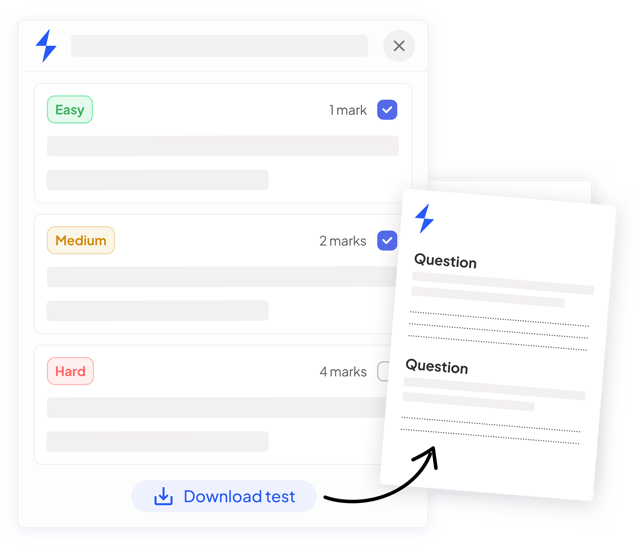Myelination & Saltatory Conduction (Edexcel International A Level (IAL) Biology): Revision Note
Exam code: YBI11
Myelination & Saltatory Conduction
In unmyelinated neurones the speed of conduction is relatively slow because depolarisation must occur along the whole membrane of the axon
By insulating the axon membrane myelin increases the speed at which action potentials can travel along the neurone
In sections of the axon that are surrounded by a myelin sheath depolarisation cannot occur as the myelin sheath stops the diffusion of sodium and potassium ions
Action potentials can only occur at the nodes of Ranvier
Nodes of Ranvier are the gaps between the Schwann cells that make up the myelin sheath
Sodium ions diffuse along the axon within the Schwann cells and the membrane at the nodes of Ranvier depolarises when the sodium ions arrive
The diffusion of sodium ions in this way is known as local currents, or local circuits
The action potential therefore appears to ‘jump’ from one node to the next; this is known as saltatory conduction
Saltatory conduction allows the impulse to travel much faster than in an unmyelinated axon of the same diameter


Action potentials are transmitted along myelinated axons by saltatory conduction
Ready to test your students on this topic?
- Create exam-aligned tests in minutes
- Differentiate easily with tiered difficulty
- Trusted for all assessment types

Did this page help you?